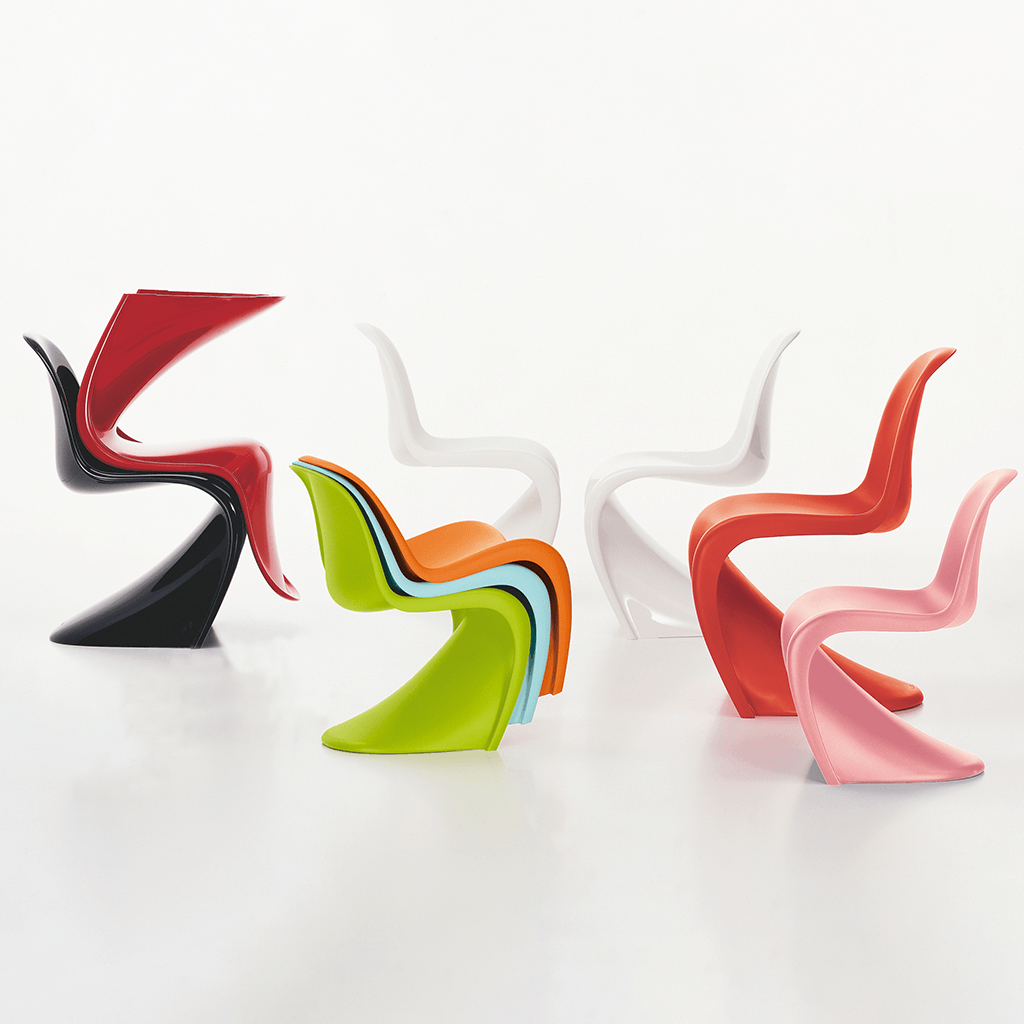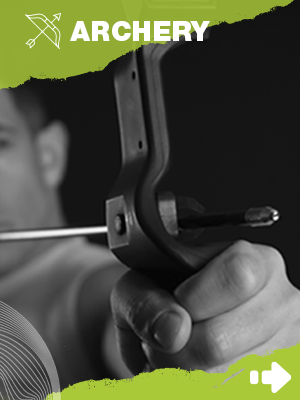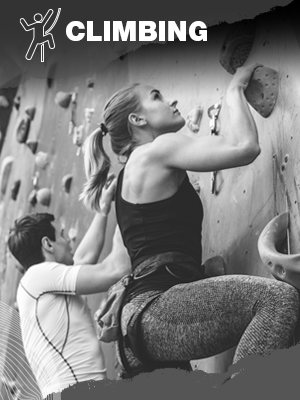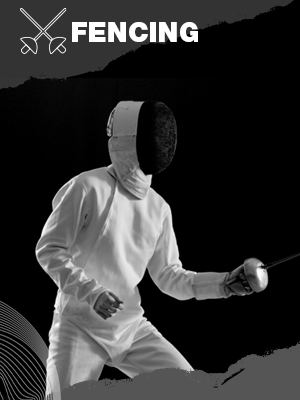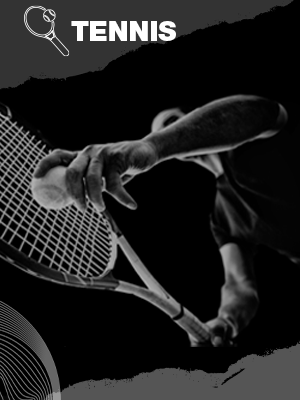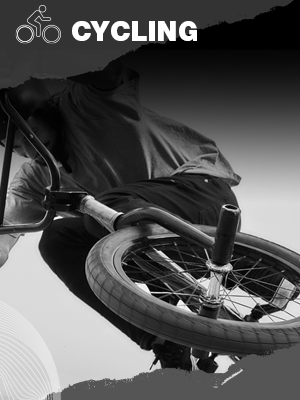On the road to Olympic and Paralympic Games
Over the course of the 20th century, composite materials have revolutionised all the sectors they have successfully integrated. Ever present in aeronautics and automotive, composites are increasingly present in sports-related applications. This is the case even for products intended for the general public.
Cutting-edge sports equipment is constantly pushing the boundaries of what is possible with composites. This is why so many manufacturers use the sport industry as an innovative lab for other applications. Lightweight, sturdy, and affordable for both professional and amateur athletes, composite materials are truly a springboard to better performance in a great many sports. In addition to being easy-to-use, composite-based models are a breeze to handle and transport when compared to metal-based equipment. Design freedom leads to a wide variety of available applications, while superior strength means that little maintenance is required and the product lasts longer. Finally, the superb impact resistance gives equipment excellent damping and vibration absorption properties.
And so, when composites combine in sports equipment, athletes surpass the physiological and biomechanical limits of the human body. They have the technical upper hand and a competitive advantage.
It’s also worth mentioning that these materials are stellar performers in the area of sustainable development. They use bio-based materials and resins, harness improved production processes, and are recycled through new and innovative techniques…
As the next Olympic and Paralympic Games will be held in Paris in just a few months, the JEC Composites Magazine editorial team has rounded up a selection of sports-related composite applications especially for readers. In this series, you’re invited to learn more about how these materials are redefining modernity in the arenas of the world’s premier sporting competition.








